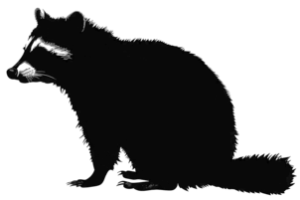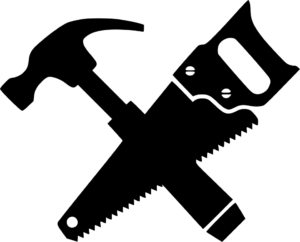Is it Safe to Capture Wildlife Near My Home?
As the summer months approach rapidly, animal populations everywhere are beginning to stretch their legs are get ready for a period of heightened activity just as most of us are. In many cases, this is a pleasant reality. The spike in activity from birds, squirrels, frogs, and other animals can be an enjoyable thing to observe.
Unfortunately, as the weather becomes more amenable to all living things outdoors, it also encourages pests and pest-like behavior from creatures of all kinds. Frequently, this leads to increased infestations in and around the home, in the garden, and elsewhere. Even strident animal lovers may find themselves wanting to get rid of these pesky creatures once and for all.
Groundhogs, raccoons, squirrels, birds, snakes, and much more can become more of a nuisance this time of year more than any other time. If you wish to be rid of some unwanted animals but don’t want to kill them, you may wish to capture wildlife for relocation. This is a great way to keep the blood of these creatures off your conscience while getting rid of the annoyance and preventing damage to your home and outdoor living spaces.
How to Capture Wildlife Safely & Effectively
As always, when dealing with invasive, wild animals – it is always a safe bet to call on the professionals to capture wildlife safely and legally. This can help you to avoid trouble related to local conservation ordinances designed to protect endangered species. It can help ensure that you or your pets or loved ones are not injured by the animals, and it’s probably the best way to prevent damage to your property.
Step One: Know Your Target Animal/s
Before you invest in catch traps, deterrent sprays, or anything else in your efforts to get rid of invasive creatures- your first step should be to know what kind of creature you are dealing with. You do not want to waste money on rat poison if you’re dealing with groundhogs and you don’t want to buy a cat trap if you’re dealing with coyotes.
Most importantly, you do not want to place yourself in harm’s way should it turn out that the animals you wish to catch are large, wild, and dangerous. For these reasons, it is important to carefully watch for and identify the type of wildlife capture you wish to perform.
Step Two: Limit the Animal’s Range of Motion
Once you know what kind of animal you are dealing with, you may be able to deploy specific deterrents in key locations. This gives you an opportunity to limit the areas near your home where the animal or animals will go.
This can be done with chemical deterrents, motion-activated sprinklers, the presence of a guard dog, decoy birds, and snakes, and so on. Of course, the types of deterrents you use will depend on the type of animal you wish to capture. Therefore, it is key that you research the type of animal you wish to catch to learn the best ways to restrict its movements.
Step Three: Remove Shelters of Convenience
Any openings on, over, near, or under your home, your shed, barn, trash cans, or what have you present an attractive shelter opportunity for just about any wild animal. If there is a large space under your patio, for example, you may hunt your target animal for weeks- never knowing that all the while, the animal is watching you from just under the steps.
Closing off access to any potential shelter is going to be key to not only protecting your property from damage but also to give you a reasonable chance of success.
Step Four: Wildlife Cameras
If you are determined to capture the animal and not kill it or drive it away, it may be necessary to take your surveillance efforts to the next level. The surest way to gather Intel on your target is by using wildlife cameras in and around your yard. These motion-activated devices will take valuable images of anything that moves in front of them any time day or night.
If you’re willing to spend a bit more money, this would be a good part of your initial efforts to discover the type of animal you are dealing with.
Don’t Attempt to Catch Large Dangerous Animals
It goes without saying. But, unless you are a properly trained and equipped professional, experienced in wildlife capture – do not attempt to capture a large wild cat, coyotes, wolves, or- God forbid- a bear.
It is always safer and smarter to call in the professional animal removal experts rather than risking your life attempting to handle a dangerous wild animal. Keep in mind that size is not always an indication of the threat an animal poses. Raccoons, wolverines, poisonous snakes, and much more, are far beyond the capabilities of the non-professional to deal with safely.
Finally, there is always the chance that local or federal conservation regulations prohibit you from capturing a given animal type legally.
To stay safe, and to ensure the job is done right – calling in the experts is always a smart move.





















